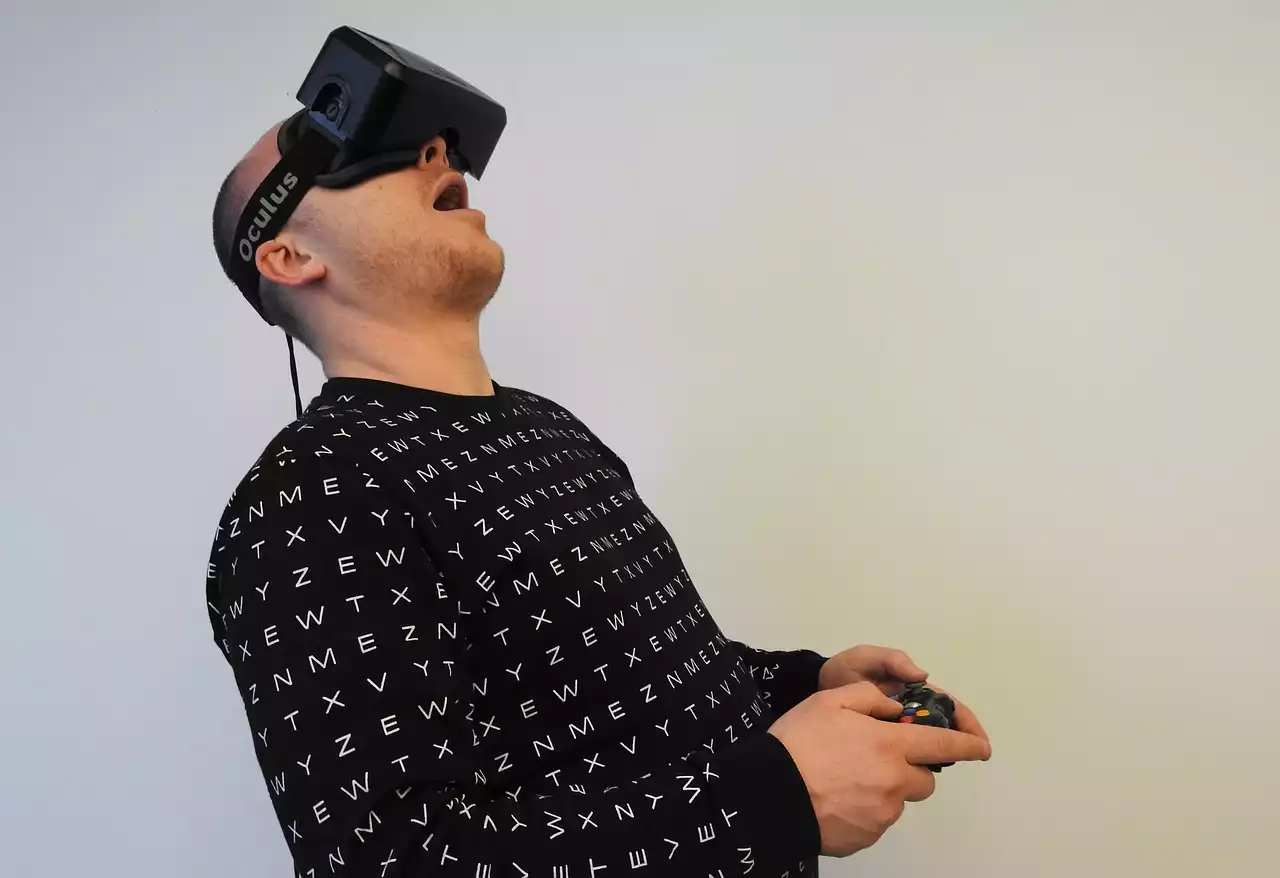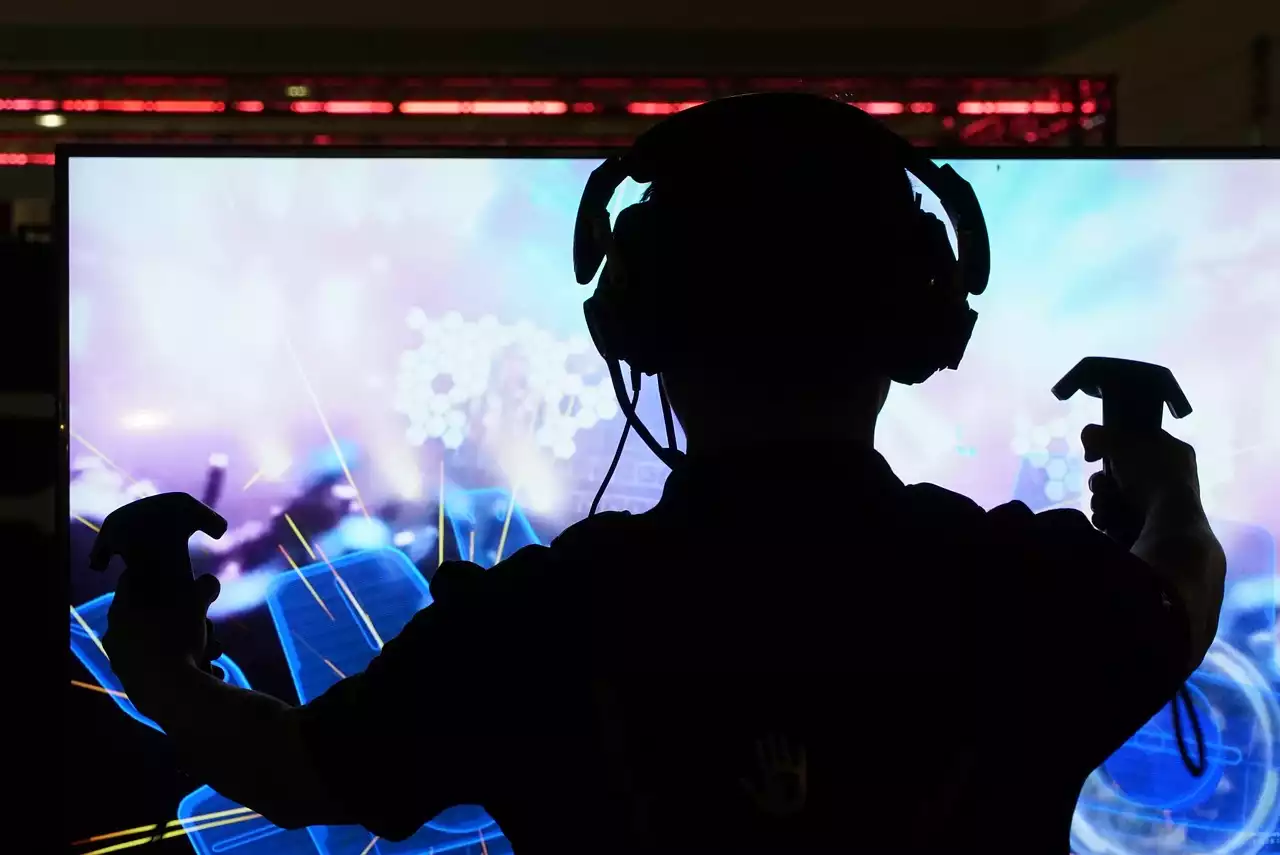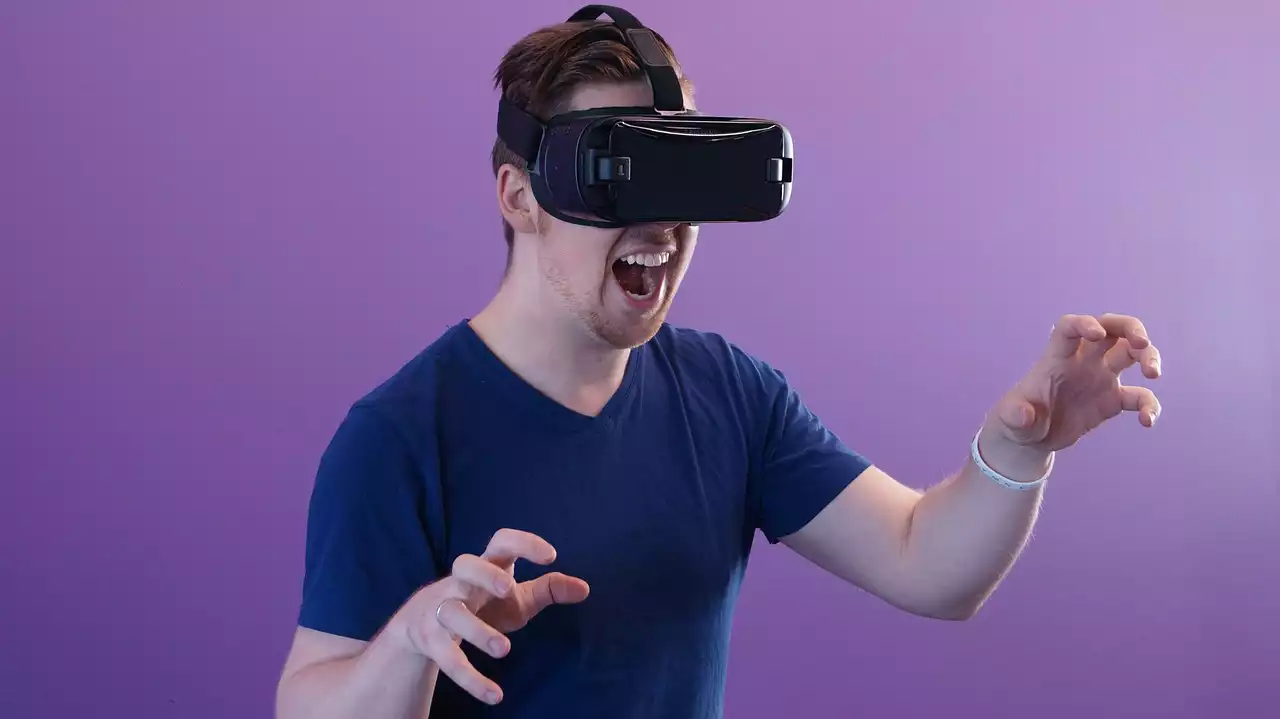Benefits of virtual reality for digital marketing
VR is a technology that has been around for a while, but it has only recently begun to transform digital marketing campaigns. Marketers can use virtual reality to create a variety of interactive experiences to engage their customers, such as product tours, simulated events, or 360-degree video content. By leveraging virtual reality, marketers can now create more memorable and engaging campaigns that will help them to stand out in the increasingly competitive digital space. VR benefits digital marketers thanks to a variety of factors, including its ability to provide a truly immersive experience and its capacity to elicit powerful emotions and reactions from consumers. With VR, marketers can bring their products to life through interactive experiences that enable users to “step inside” the product and experience it first-hand. By leveraging VR, marketers can create more memorable campaigns that will help to foster stronger relationships with their customers, driving more sales and increasing brand loyalty.
Virtual reality marketing strategy
VR has quickly become an essential tool for companies looking to grow their brand, increase customer loyalty, and drive more sales. It has revolutionized the way that marketers engage with their audiences and has opened up new avenues for businesses to showcase their products and services. By leveraging virtual reality, marketers can create more immersive and engaging experiences that will help to foster stronger relationships with their customers. Given the immersive nature of VR, marketers should first decide on the goal of their campaign. They should then create a story or narrative around that goal that will inspire their customers and draw them into the experience. After that, they will need to decide on the type of experience they want to create. There are several types of VR experiences, including 360-degree video experiences, product tours, and simulated events. Depending on the type of experience you want to create, you may need to choose the right type of software.
Creating a virtual reality marketing plan
Before you start brainstorming ways you can use VR in your marketing campaigns, you should first consider the type of virtual reality experience you want to create. There are various types of VR, including 360-degree video experiences, product tours, and simulated events. Depending on the type of experience you want to create, you will need to choose the right software. Once you have a general idea of what you want to do, you can start brainstorming ways you can incorporate VR into your marketing plan. VR can be used in many different marketing campaigns, ranging from interactive customer experiences to event marketing. It can also be used to create educational content or foster stronger relationships between employees and customers. When you are building your virtual reality marketing plan, keep these goals in mind, and choose the right type of experience to create. You can also consider partnering with a virtual reality marketing agency that can help you create a memorable and engaging campaign using VR.
Examples of virtual reality marketing campaigns
- Adidas 360 Football - Adidas created a virtual reality app for football fans that allowed them to step into the shoes of their favourite players. Customers could participate in an immersive game of football and experience what it was like to play alongside football stars from the comfort of their own homes. This campaign helped Adidas to appeal to football fans, build brand loyalty, and drive more sales. - Marriott’s Hotel Tour - Marriott Hotels partnered with Marriott to create a virtual reality app that allowed customers to take a tour of more than 80 hotels around the world, before booking a stay. Customers could “step inside” the hotels, explore their rooms, and even view photos and videos of the hotels. This campaign helped Marriott Hotels to create stronger relationships with customers and drive more sales.
- Hershey’s Chocolate Tour - Hershey’s created a virtual reality app that allowed customers to take a tour of their chocolate production facility. The app included an immersive tour, games, and 3D images, and enabled customers to see the factory in a way they never had before. This campaign helped Hershey’s to create stronger relationships with customers and drive more sales.
Tips for creating effective virtual reality campaigns
When you are creating VR campaigns, you will want to make sure that you appeal to all of your customers, regardless of their level of technological adoption. To do this, you will need to make sure that your campaigns are accessible to all types of customers by keeping the following tips in mind:
- Create accessible content - Customers may have a variety of reasons for not being able to use VR, such as not owning a headset, or being unable to use the technology due to health issues. VR content should be accessible to all audiences, whether they are accessing it on a computer or mobile device, or if they are watching it in 2D.
- Start with a simple VR experience - When you are creating your VR experience, you will want to make it as engaging as possible, but you will also want to make it simple enough for all audiences to be able to understand and navigate.
- Create a clear storyline - Your VR campaign will be more effective if it has a clear storyline that audiences can follow. This narrative should be based on your brand’s purpose or a larger goal or problem that you are trying to solve. It should also be rooted in your customer’s needs and desires.
- Don’t forget about 2D content - While the immersive nature of VR can create memorable experiences for your customers, it can also be challenging for some audiences to navigate. Therefore, you will also want to create 2D versions of your VR content to make it more accessible to all of your customers.








